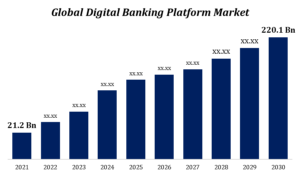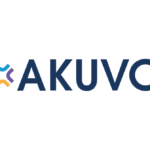Overcoming ESG Data Alignment Challenges with Advanced Tech Solutions
4 February 2025
Aligning ESG Data with Investor and Regulatory Expectations: The Role of Advanced Technology
Aligning environmental, social, and governance (ESG) data with the evolving demands of investors and regulators presents significant challenges for businesses today.
As noted by ACA Group, the pressure is mounting for companies to provide detailed, reliable ESG information, with regulators intensifying their efforts to combat greenwashing and ensure the authenticity of ESG claims. This growing pressure requires companies to meet the often-competing expectations of diverse stakeholders.
Achieving transparency, accuracy, and comparability in ESG data remains complex within today’s fragmented landscape. A recent webcast series on ESG data highlighted key challenges:
– **Diverging Priorities**: Investors and regulators often focus on different aspects of ESG performance. For example, the SEC places emphasis on carbon emissions, while European regulators may consider a broader spectrum of climate-related risks.
– **Inconsistent Data Quality**: Public companies tend to provide more robust data, while smaller businesses, private companies, and niche sectors struggle to offer consistent and credible ESG information.
– **Lack of Standardized Frameworks**: The absence of a universal ESG framework complicates the task of comparing ESG performance across industries and regions.
– **Opaque Methodologies**: ESG rating agencies often lack transparency, leaving investors uncertain about whether the data aligns with their priorities.
However, technological innovations are stepping in to address these challenges, enabling businesses to better meet the demands of both investors and regulators. Key benefits of advanced tech solutions include:
– **Broader Data Coverage**: Technology platforms can aggregate ESG data from a variety of sources, including public reports, direct submissions, satellite data, and predictive models, offering a more comprehensive view of a company’s ESG performance.
– **Improved Data Quality and Transparency**: Tools that emphasize data accuracy, source verification, and validation increase the credibility of ESG reports, fostering greater trust among stakeholders.
– **Customization and Flexibility**: Technologies that offer customizable ESG analysis and reporting allow organizations to tailor their data presentation to meet specific regulatory requirements, industry standards, or stakeholder demands.
– **Streamlined Reporting**: Automation tools and pre-designed reporting templates simplify ESG data submission, aligning it with both mandatory regulatory frameworks and voluntary standards, thus reducing administrative burdens and ensuring compliance.
By embracing these advanced technologies and promoting collaboration among businesses, investors, and regulators, the alignment of ESG data becomes more achievable. This collective effort not only strengthens investor confidence but also supports broader sustainability and governance goals.




































